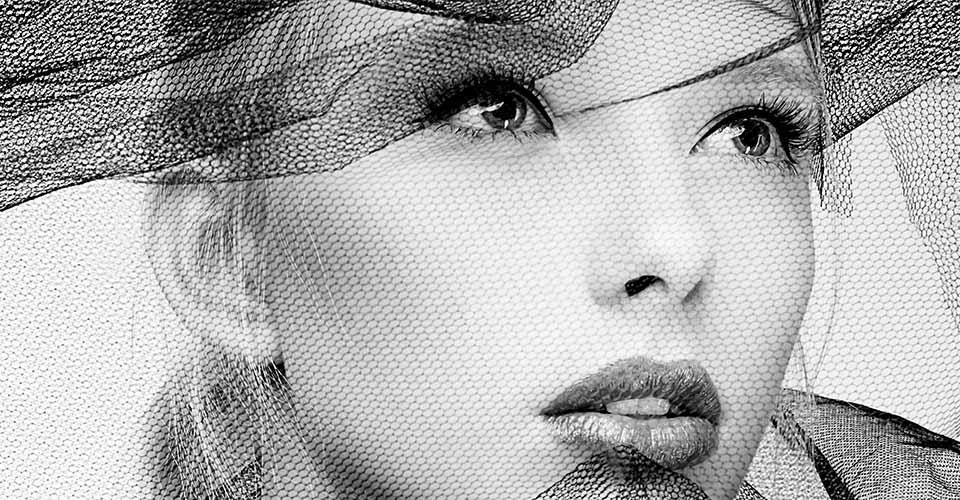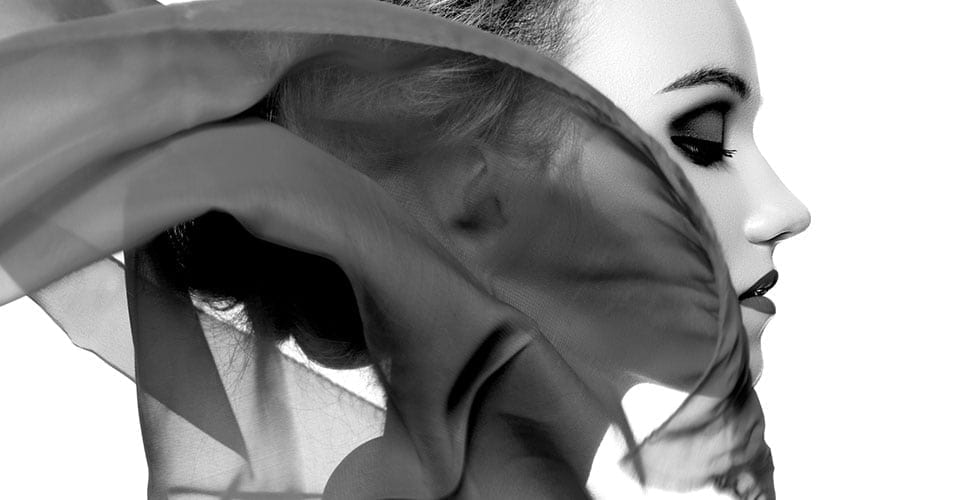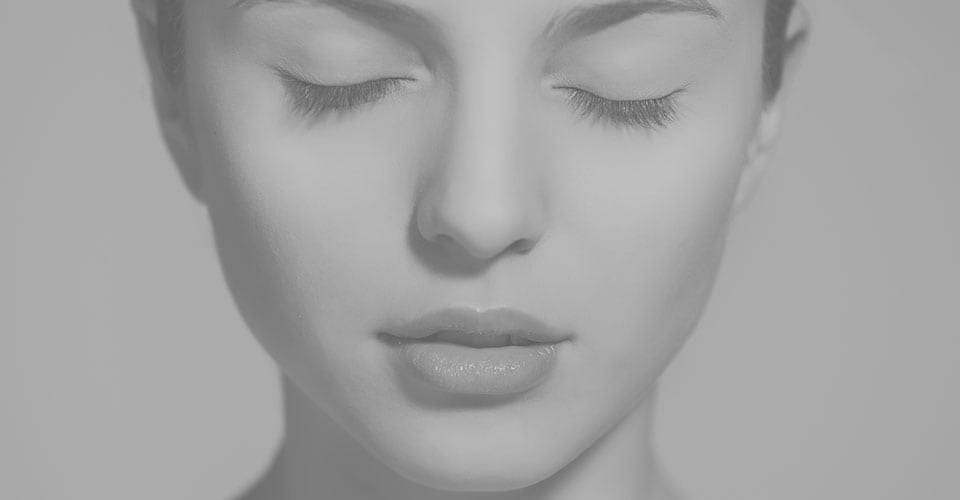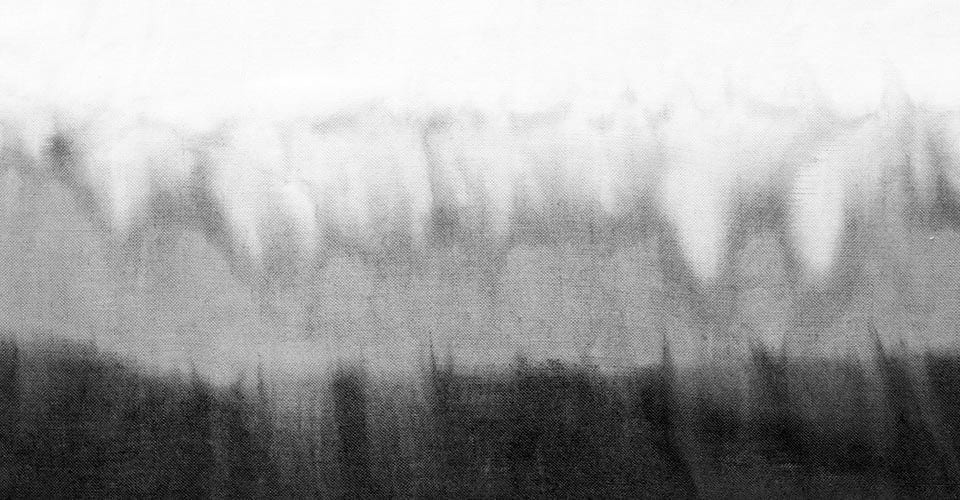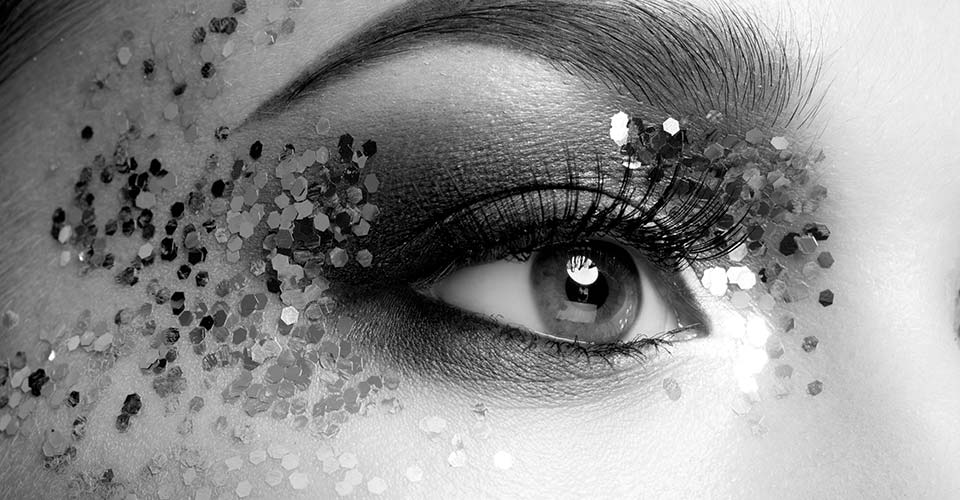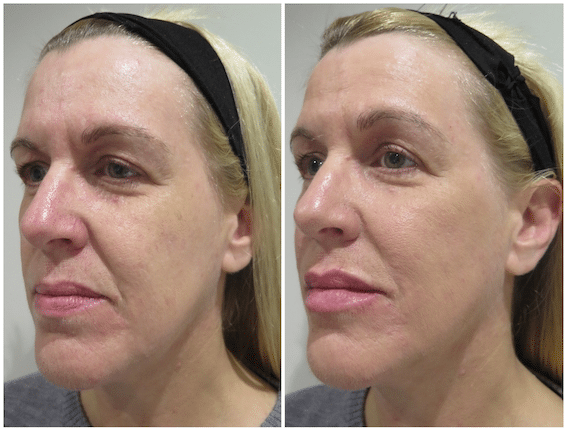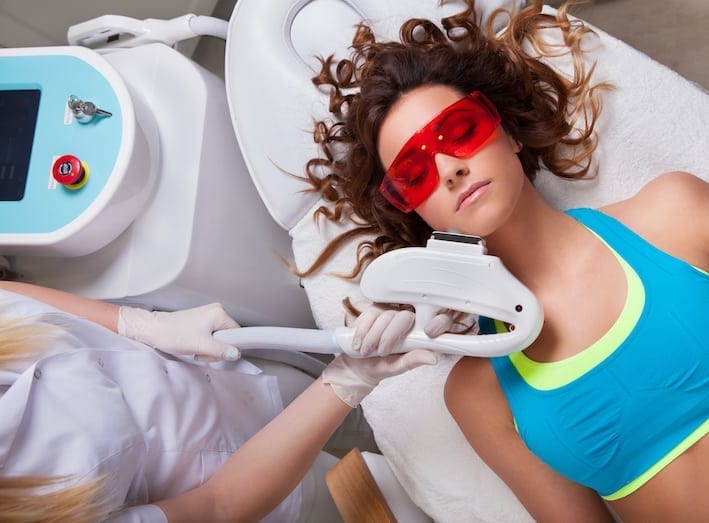This helps to reveal any damage and signs of ageing both on and beneath the surface of the skin, which may be missed by the human eye.
It works by taking images of your face from three precise angles – not only helping you to see what is happening now but also means you can accurately review how your treatment results are progressing over time.
This is so we can analyse your skin condition from the superficial level such as acne spots and blemishes, to any deep underlying damage, such as ultraviolet damage and pigmentation.
In addition, VISIA can assess the presence of expressive and static lines and wrinkles, as well as any redness or build-up of bacteria (porphyrins) within the skin.
A comprehensive digital skin analysis means we are able to tailor your treatments and skincare products to your unique skin conditions, maximising both the repair and correction of your skin health.
For more information get in contact with us at S-Thetics Clinic.
For more information, feel free to browse through our treatment options, or get in contact with us at S-Thetics Clinic.
At a Glance
Treatment Name
VISIA Digital Skin Analysis for In-Depth Facial Assessment
Treatment Areas
Face
How Does It Work
Uses cross-polarized and UV lighting to record and measure surface and subsurface skin conditions
Treatment Time
5-10 minutes
Treatment Target
Acne, dull skin, facial redness, sun damage and wrinkles
Treatment Results
Overview of your skin health
How Many Treatments
Before and after undergoing treatment
Frequency
When required and to compare results and progress
Note
Undertaken prior to facial treatments in-clinic
Treatment Name
VISIA Digital Skin Analysis for In-Depth Facial Assessment
Treatment Areas
Face
How Does It Work
Uses cross-polarized and UV lighting to record and measure surface and subsurface skin conditions
Treatment Time
<5-10 minutes
Treatment Target
Acne, dull skin, facial redness, sun damage and wrinkles
Treatment Results
Overview of your skin health
How Many Treatments
Before and after undergoing treatment
Frequency
When required and to compare results and progress
Note
Undertaken prior to facial treatments in-clinic
Frequently Asked Questions
VISIA Digital Skin Analysis for In-Depth Facial Assessment
1. What key areas are you looking at during a VISIA digital skin analysis?
The VISIA looks at eight key areas of your complexion to determine where your skin might need some extra help, as well as where your skin is already doing well:
- Spots – typically brown or red skin lesions including freckles, acne scars, hyper-pigmentation and vascular lesions. Spots are distinguishable by their distinct colour and contrast from the background skin tone.
- Pores – the circular surface openings of sweat gland ducts. Due to shadowing, pores appear darker than the surrounding skin tone and are identified by their darker colour and circular shape.
- Wrinkles – furrows, folds or creases in the skin, which increase in occurrence as a result of sun exposure, and are associated with decreasing skin elasticity.
- Texture – primarily an analysis of skin smoothness. Texture measures skin colour and smoothness by identifying gradations in colour from the surrounding skin tone, as well as peaks and valleys on the skin surface that indicate variations in the surface texture.
- Porphyrins– bacterial excretions that can become lodged in pores and lead to acne. Porphyrins fluoresce in UV light and exhibit circular white spot characteristics.
- UV Spots – occur when melanin coagulates below the skin surface as a result of sun damage. UV spots are generally invisible under normal lighting conditions. The selective absorption of the UV light by the epidermal melanin enhances its display and detection by VISIA.
- Red Areas – represent a potential variety of conditions, such as acne, inflammation, Rosacea or spider veins. Blood vessels and haemoglobin contained in the papillary dermis, a sub-layer of skin, give these structures their red colour, which is detected by the RBX Technology in VISIA. Acne spots and inflammation vary in size but are generally round in shape. Rosacea is usually larger and diffuse compared to acne, and spider veins usually are short, thin and can be interconnected in a dense network.
- Brown spots – are lesions on the skin such as hyper-pigmentation, freckles, lentigines, and melasma. Brown Spots occur from an excess of Melanin. Melanin is produced by melanocytes in the bottom layer of the epidermis.
2. Does a VISIA digital skin analysis hurt?
The VISIA digital skin analysis is completely painless and is a part of your consultation.
We will position your head gently into place and ask you to close your eyes so that the VISIA technology can take images of your face and reveal any underlying conditions.
Once your personalised complexion analysis is complete, we can begin building your bespoke skincare treatment plan to effectively target any areas of concern.
If you have any further questions please don’t hestitate to contact us or book a consultation







